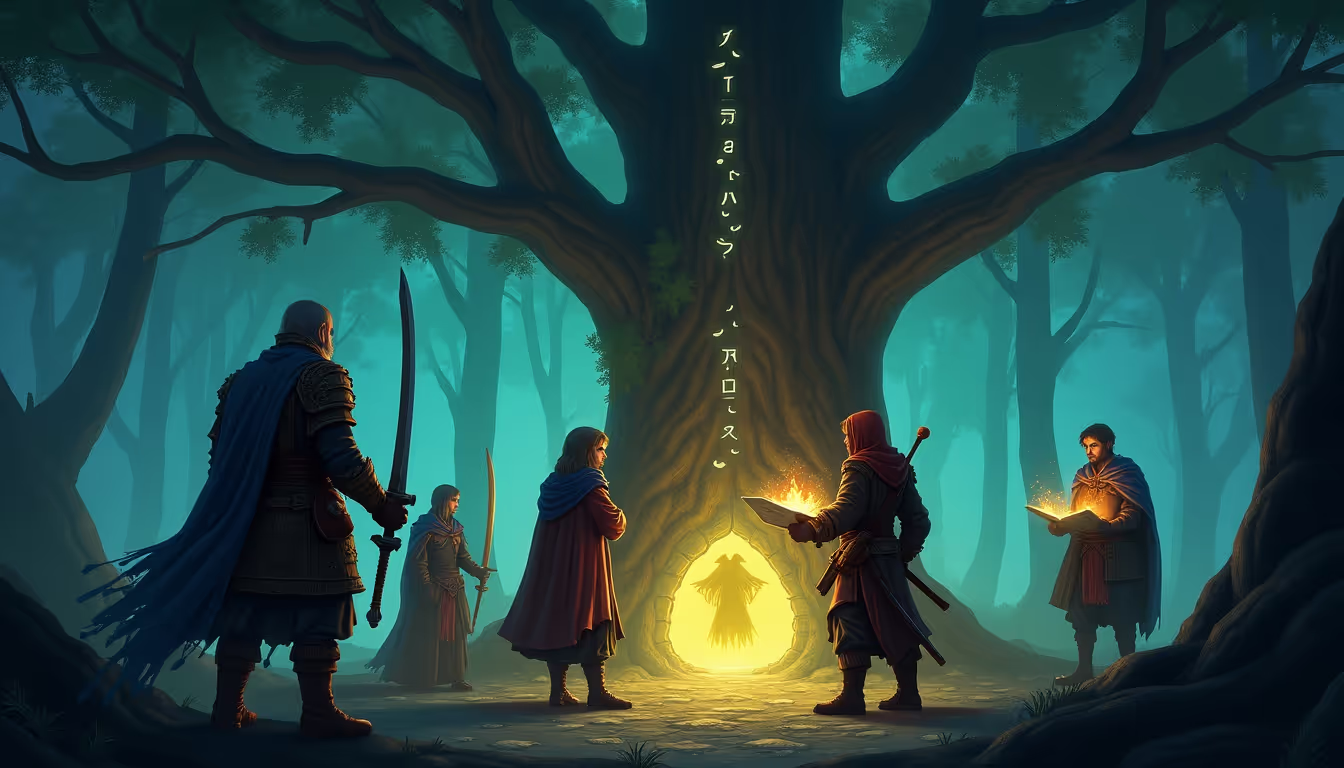Open-World Action-Adventure: Unleashing Player Potential
The Essence of Freedom
Open-world action-adventure games represent the pinnacle of interactive storytelling – a digital playground where players become the architects of their own epic narratives. Unlike linear game experiences, these virtual universes offer unprecedented freedom, inviting players to explore, interact, and shape their journey with unparalleled autonomy.
Defining the Genre
What Makes an Open World?
- Vast, seamless environments
- Player-driven exploration
- Multiple narrative paths
- Dynamic interaction systems
- Emergent gameplay experiences
Evolutionary Milestones
Landmark Titles That Redefined Gaming
- Grand Theft Auto III: Revolutionized open-world design
- The Legend of Zelda: Breath of the Wild: Reimagined environmental interaction
- Red Dead Redemption 2: Created living, breathing worlds
- Assassin’s Creed Series: Blended historical exploration with action
Core Gameplay Mechanics
Player Empowerment
- Non-Linear Progression: Choose your path
- Emergent Storytelling: Unique player experiences
- Systemic Interactions: Complex world responses
- Meaningful Choices: Impact narrative and environment
Technological Innovation
Creating Immersive Universes
- Advanced AI systems
- Procedural generation techniques
- Seamless world streaming
- Dynamic weather and day-night cycles
Psychological Appeal
Why Players Love Open Worlds
- Sense of Discovery: Constant surprise and wonder
- Personal Agency: Control over narrative
- Escapism: Immersive alternative realities
- Creativity: Unique problem-solving approaches
Future of the Genre
Emerging Trends
- Hyper-Realistic Environments
- AI-Driven Narrative Adaptation
- Seamless Multiplayer Integration
- Virtual Reality Exploration
Cultural Significance
Open-world action-adventure games are more than entertainment – they’re digital canvases where players become heroes, explorers, and storytellers. They represent the ultimate fusion of technology, narrative, and human imagination.
Explore. Create. Become.
.svg)












